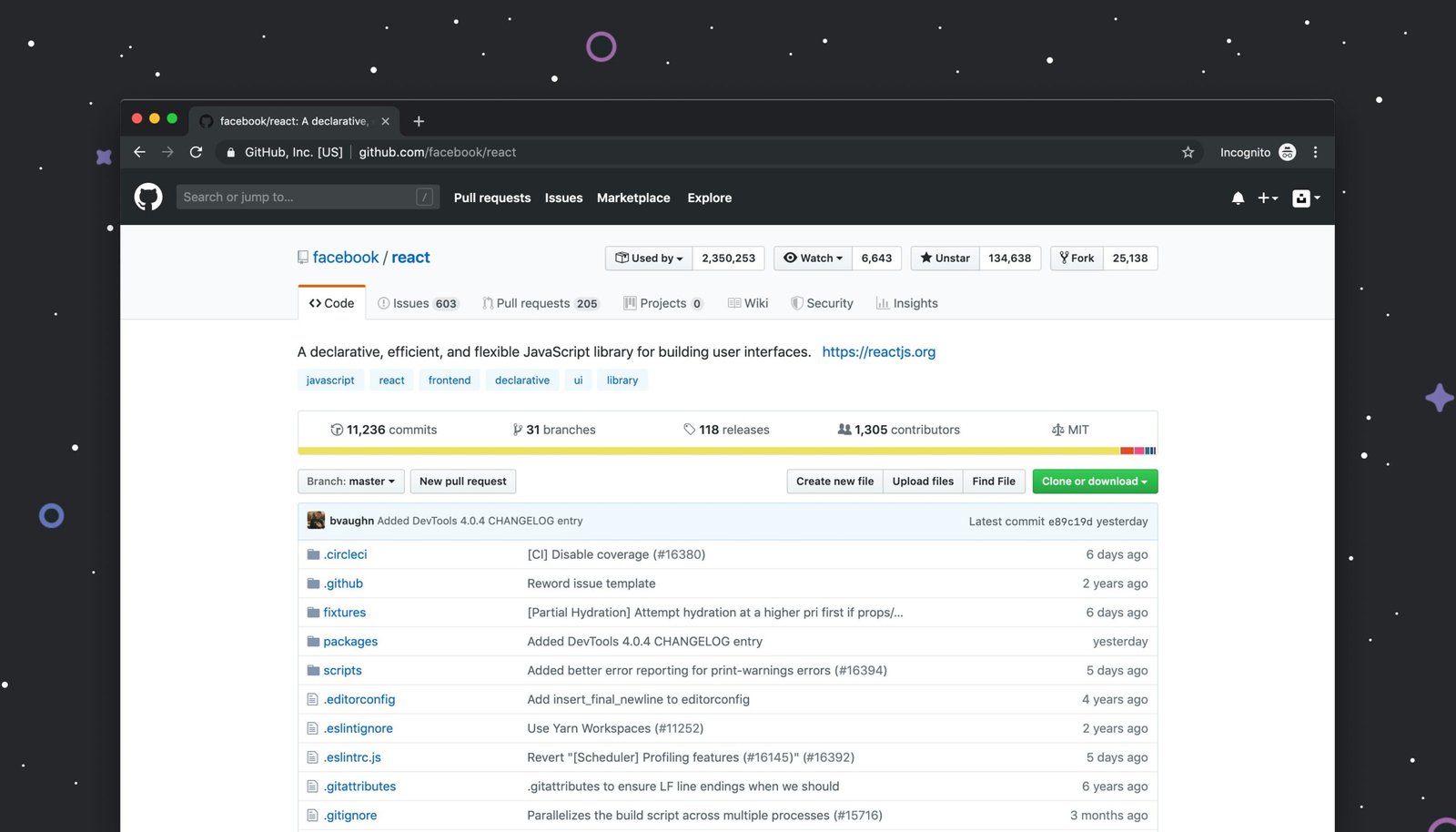Decoding Software Design: 5 Architectural Patterns for Success
October 17, 2024 | by Petyo Lazarov

Understanding Software Architectural Patterns
Software architectural patterns serve as foundational blueprints for effectively organizing and managing software systems. These patterns propose a structured approach that defines the relations and interactions among various components. Architectural patterns are significant in the software development lifecycle because they influence critical aspects such as performance, scalability, and maintainability. When developers opt for a particular pattern, they set the stage for how the software will behave and evolve over time.
The choice of architectural pattern can dramatically impact the overall success of a software project. For instance, patterns like Model-View-Controller (MVC) emphasize a clear separation of concerns, which enhances maintainability. This separation allows developers to modify components independently without disrupting the entire system. On the other hand, using a microservices architecture facilitates scalability by allowing individual services to be developed, deployed, and scaled independently. This flexibility is particularly beneficial in environments with fluctuating loads and diverse user requirements.
Several factors come into play when developers select a suitable architectural pattern for their applications. These may include project size, team expertise, project requirements, expected traffic volume, and long-term maintenance considerations. Additionally, compatibility with existing systems and alignment with business goals are critical in making an informed decision. Moreover, understanding the trade-offs associated with each pattern enables developers to navigate challenges effectively, ensuring that the software meets its intended purpose while remaining adaptable to future requirements.
In conclusion, the strategic choice of software architectural patterns holds substantial weight in defining a project’s success. A thorough understanding of these patterns can empower developers to design robust software solutions that align with both current and future demands.
Model-View-Controller (MVC) Architecture
The Model-View-Controller (MVC) architecture is a widely adopted software design pattern that promotes the separation of concerns within applications. This architectural paradigm divides an application into three interconnected components: the Model, View, and Controller. Each of these components has distinct responsibilities, facilitating better organization and management of code. The Model represents the data and business logic, the View manages the user interface (UI) and presentation, while the Controller acts as an intermediary that processes user input and updates both the Model and View accordingly.
One of the primary advantages of the MVC architecture is its improved testability, allowing developers to isolate and test individual components separately. This separation fosters greater maintainability, as changes made to one component typically do not adversely affect others. Consequently, developers can introduce new features or refactor code with minimal risk of introducing bugs into the application. MVC is particularly common in web applications, where user interactions drive the necessity for a dynamic and responsive design.
However, while the MVC pattern offers several benefits, it is essential to acknowledge potential drawbacks. For instance, the complexity of managing three distinct components can lead to increased initial development effort. Additionally, as applications grow in complexity, the interactions between the Model, View, and Controller can become challenging to manage, possibly leading to a less organized codebase if not carefully architected. Furthermore, for simpler applications or projects with minimal user interaction, adopting the MVC pattern may introduce unnecessary overhead.
In conclusion, the Model-View-Controller architecture serves as an effective solution for many software development challenges, especially in web applications. By enabling a clear separation of concerns, MVC enhances maintainability and testability while presenting particular challenges in more straightforward or less interactive scenarios.
Model-View-Presenter (MVP) Architecture
The Model-View-Presenter (MVP) architecture is an evolution of the well-known Model-View-Controller (MVC) design pattern, enhancing it with the introduction of a Presenter component. In the MVP architecture, the Model is responsible for the business logic and data management, while the View handles the user interface elements. The key distinction lies in the role of the Presenter, which acts as a middleman that facilitates communication between the Model and the View, thereby promoting a clear separation of concerns within the application.
In this design pattern, the View is responsible for displaying data and notifying the Presenter when user interactions occur. The Presenter, in turn, processes the input from the View, interacts with the Model to execute business logic, and updates the View based on the Model’s state. This distinct segregation leads to improved maintainability and testability of the application. Since the View does not directly rely on the Model, developers can easily swap out the UI components without affecting business logic, making it an ideal choice for applications requiring frequent updates.
One notable application of MVP architecture is in desktop applications, where complex user interfaces typically feature numerous components. By decoupling the user interface from business logic, developers can implement changes in the UI with minimal impact on the underlying functionality. This enhances code quality and fosters easier unit testing, as the Presenter can be tested independently from the View and Model. However, while the MVP architecture promotes better organization of code, it does come with challenges. Specifically, it may introduce additional complexity in situations where a simpler design pattern would suffice, particularly for less intricate applications.
By embracing the MVP architecture, software developers can create more robust applications that are both easier to maintain and scale, ultimately leading to higher software quality and user satisfaction.
Model-View-Intent (MVI)
Model-View-Intent (MVI) is an architectural pattern designed to manage the complexity of user interfaces in structured applications. MVI emphasizes a unidirectional data flow, where the Model represents the state of the application, the View displays that state, and the Intent captures user interactions. In this architecture, every user action is transformed into an Intent, which is then processed to update the Model. Consequently, the View is automatically updated to reflect the new Model state. This approach effectively separates concerns, enabling developers to build applications that are easier to test and maintain. MVI is particularly well-suited for applications requiring a flexible and responsive user interface, as it provides clear guidelines on how data should be managed and displayed.
Model-View-ViewModel (MVVM)
Model-View-ViewModel (MVVM) is another architectural pattern that promotes a clean separation of concerns through its three core components: Model, View, and ViewModel. In this pattern, the Model contains the data and business logic, the View handles the presentation layer, and the ViewModel serves as an intermediary that exposes data to the View and handles user interactions. MVVM is particularly popular in applications utilizing data-binding technologies, as it allows for automatic synchronization between the View and the underlying data. This architecture is advantageous in scenarios where developers want to create maintainable and testable code, as it supports unit testing of the ViewModel independently from the View.
VIPER
VIPER is an architectural pattern that stands for View, Interactor, Presenter, Entity, and Router. This architecture decomposes the application into distinct modules, each responsible for a specific aspect of functionality. The modularization inherent in VIPER facilitates easier testing, as each module can be developed in isolation. Additionally, VIPER’s structure enhances scalability, as it allows for the seamless addition and integration of new features. The Router component assists in navigation by managing transitions between different screens, ensuring that the overall user experience remains consistent. Given its focus on clear delineation of responsibilities and strong testability, VIPER is an excellent choice for complex applications needing robust architecture.
RELATED POSTS
View all

